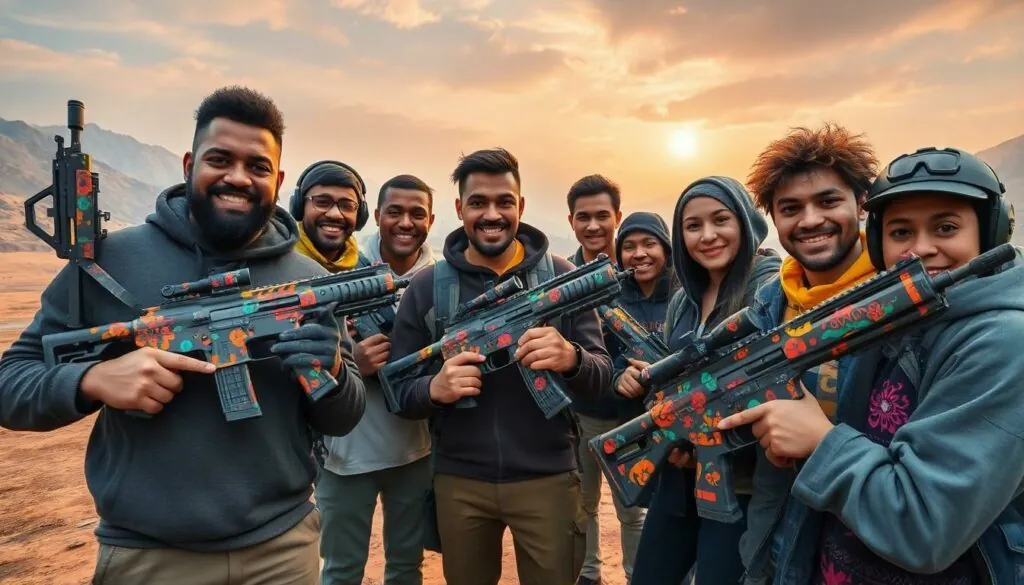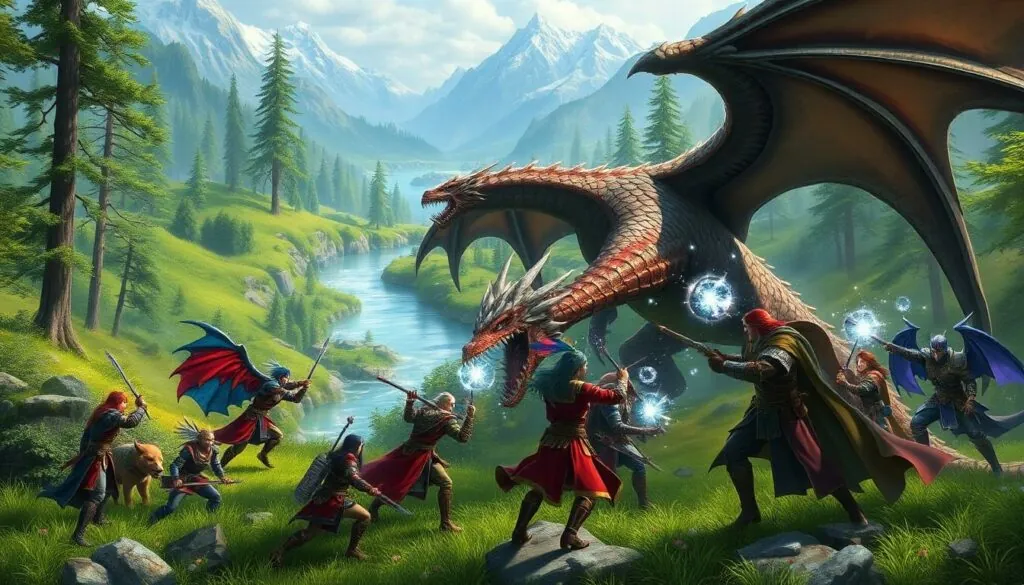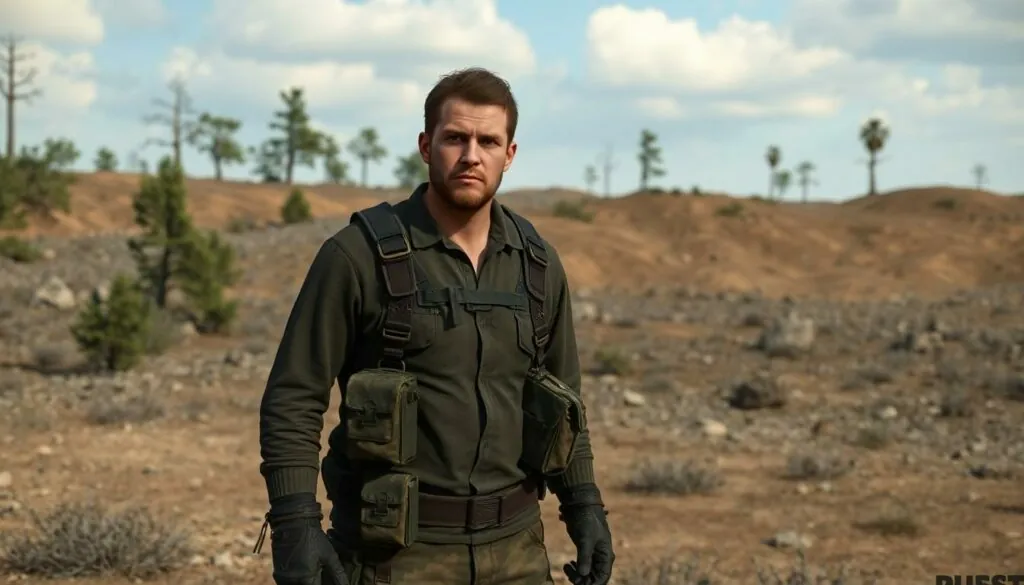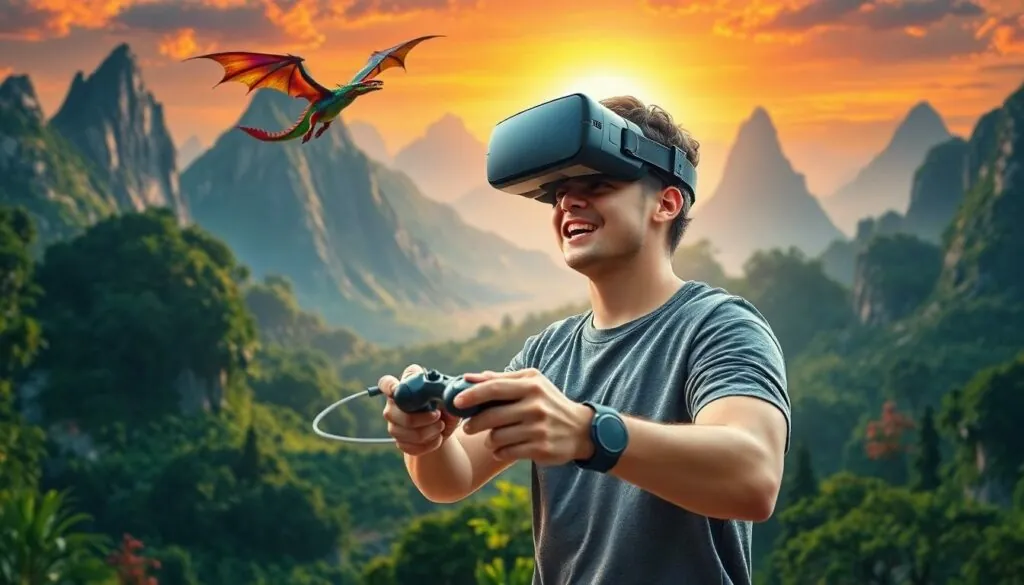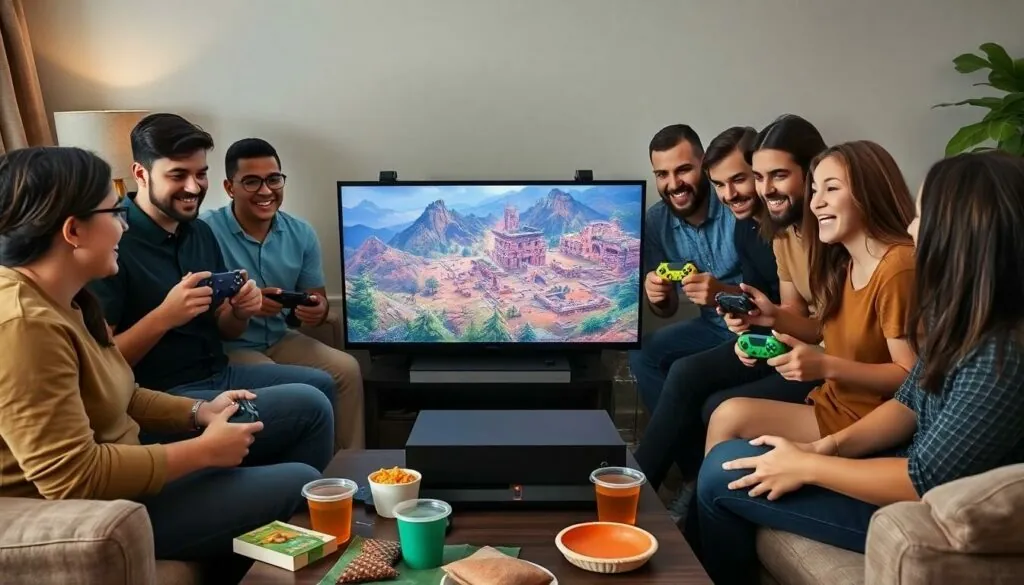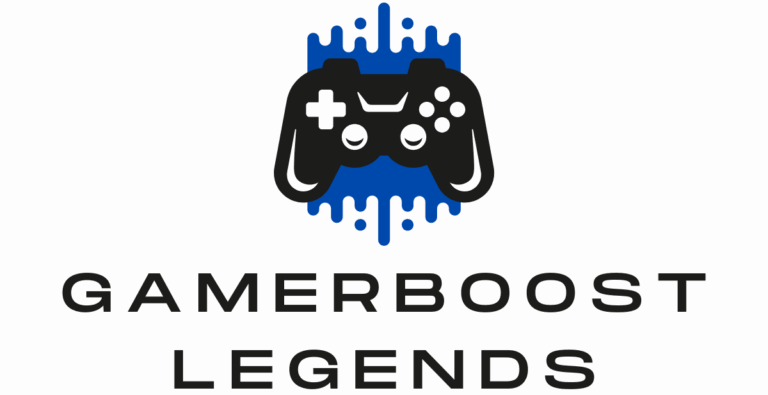In the chaotic world of Rust, players don’t just survive; they thrive, all while battling the elements, hostile creatures, and other players. But what’s a survivor without their trusty player model? Think of it as the unsung hero of the game, the stylish avatar that struts its stuff while dodging bullets and raiding bases.
Whether it’s a rugged warrior clad in makeshift armor or a sneaky bandit in a tattered outfit, the player model is more than just pixels on a screen; it’s an expression of personality and strategy. Dive into the fascinating realm of Rust player models and discover how they impact gameplay, aesthetics, and even player interactions. After all, who says survival games can’t have a little flair?
Table of Contents
ToggleOverview of Rust Player Model
Rust player models serve as essential components in the game’s immersive environment. Each avatar not only displays a player’s individual style but also impacts gameplay significantly. Through customization options, players can choose clothing, gear, and accessories that reflect their personalities. These choices assist in making lasting impressions on others within the game.
Environmental challenges add complexity to player interactions. Players equipped with specific models may strategize differently against adversaries or collaborate with teammates. Diverse models can influence encounters, affecting how players perceive threats and opportunities. For example, someone wearing heavy armor may be approached with caution, while a lightly dressed avatar could signal a different tactical approach.
Player models also play a role in aesthetic appeal. A well-designed character can enhance the overall visual experience, making the game more engaging. Customization options allow for variations in colors and styles, enabling players to create unique identities that resonate with their in-game personas.
In Rust, player models impact not just individual experience but also community dynamics. The way players interact often hinges on the visual cues presented by these models. Understanding player psychology can lead to more effective communication and collaboration in the game world.
Ultimately, models contribute to the richness of the Rust universe. They embody every player’s journey in a world rife with danger and opportunity. By focusing on player representation, Rust fosters an environment where creativity and individual expression thrive. This emphasis on models elevates the gameplay experience beyond mere survival tactics.
Key Features of Rust Player Model
Rust player models offer significant customization and animation features that enhance the overall gaming experience. These features create a more immersive and individualized environment for players.
Customization Options
Players access a wide array of customization options, allowing them to tailor their avatars to reflect personal styles. Clothing, gear, and accessories play crucial roles in defining a player’s image. Unique combinations provide not only aesthetic appeal but also strategic advantages during gameplay. Equipment choices can impact protection levels, visibility, and even interaction dynamics. Customization ranges from practical armor selections to stylish outfits, ensuring that individuality influences how players approach survival challenges.
Animation Mechanics
Animation mechanics contribute to the realism of player interactions within the game. Fluid movements, responsive actions, and detailed facial expressions enhance immersion. Players experience a sense of connection through dynamic animations that reflect their character’s emotions and actions. Whether sprinting away from threats or engaging in combat, these animations provide context and depth to encounters. The seamless integration of animations with player models elevates gameplay, making interactions more engaging and visually appealing.
Impact on Gameplay
Player models influence gameplay significantly, shaping interactions and strategies within the Rust universe. They provide players with both an identity and a tactical edge.
Player Interaction
In Rust, player interactions hinge on visual representation. While facing other players, avatars immediately convey intentions and establish trust. Customization options allow for unique appearances, facilitating alliances or rivalries based on looks. Effective use of these models enhances teamwork and communication. Players often recognize friends or enemies from afar, relying on visual cues to inform decisions. Recognizing distinct player models fosters an environment of unpredictability and strategic depth during encounters.
Game Environment Response
Environmental factors react dynamically to player models. Customization choices, like gear and clothing, have implications for stealth and visibility. Heavy armor attracts attention, whereas lighter outfits promote agility and concealment. The game’s ecosystem responds to these choices, impacting survival strategies. Specific models may elicit different reactions from NPCs or wildlife, adapting gameplay accordingly. Players benefit from understanding these environmental mechanisms, allowing them to leverage their models for advantageous positioning and strategy.
Comparison with Other Player Models
Rust player models stand out when compared to other survival games, primarily due to their extensive customization options. These models allow players to create unique avatars that not only reflect personal styles but also impact gameplay through strategic choices. Other games often limit customization, focusing on uniform avatars that detract from individual expression.
Animations in Rust also differ significantly. The fluidity and detail of player movements enhance immersion, making actions feel natural and dynamic. In contrast, many games feature rigid animations that can break engagement, creating a less interactive experience.
Visibility plays a critical role in identifying friends or foes within the game environment. Rust player models provide distinctive visual cues that foster cooperative gameplay. Many other player models do not offer this level of differentiation, often leading to confusion in team dynamics.
Moreover, the reaction of the game environment adds another layer of strategy. Custom choices in Rust, such as clothing or armor, influence stealth and visibility. Many game ecosystems fail to respond to player models in the same impactful way, limiting tactical options and engagement.
Community dynamics differ based on player models as well. In Rust, interactions often revolve around visual representation, forming alliances or rivalries based on avatars. Other games tend to emphasize gameplay mechanics over social interaction, resulting in a different community experience.
Customization also promotes tactical advantages in Rust. Players leverage specific gear for stealth or aggression, allowing them to navigate encounters effectively. Comparatively, other games may not integrate customization as deeply into gameplay, missing opportunities for strategic depth.
Conclusion
Rust player models are integral to the game’s identity and strategy. They not only enhance visual appeal but also shape player interactions and tactics. The extensive customization options allow players to express their individuality while influencing gameplay dynamics.
As players navigate the challenges of survival they leverage their avatars to gain strategic advantages. The fluid animations and detailed representations foster a sense of immersion that sets Rust apart from other survival games. Ultimately the thoughtful design of player models enriches the Rust experience making it a unique blend of creativity and survival strategy.



